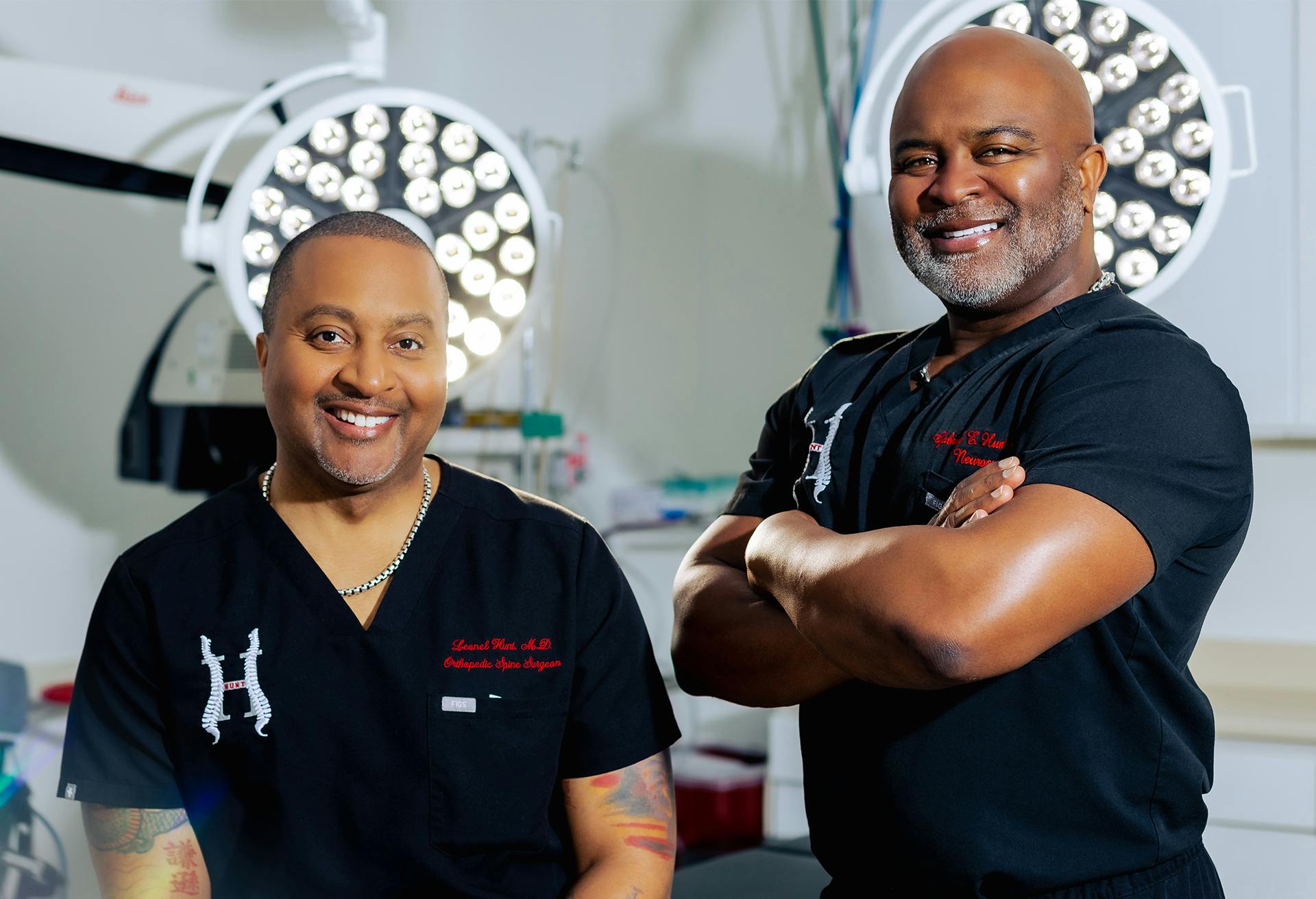A Review of Back Conditions That Frequently Result in Surgical Therapies
Back conditions such as herniated discs, spinal constriction, and degenerative disc condition frequently necessitate medical treatments when traditional treatments stop working to ease persistent symptoms. Understanding the subtleties of each condition and the equivalent surgical alternatives, such as discectomy or back fusion, is important for effective management.
Herniated Discs
Although several individuals with herniated discs may discover relief with traditional treatments, surgery comes to be an essential factor to consider when symptoms intensify or linger - best spine surgeons in st louis mo. A herniated disc occurs when the soft internal gel of a back disc protrudes via its outer layer, potentially leading and pressing close-by nerves to discomfort, feeling numb, or weakness in the extremities
Conservative administration typically consists of physical treatment, discomfort medicines, and corticosteroid shots, which intend to lower inflammation and enhance feature. In instances where these methods fail to ease incapacitating signs and symptoms, medical options may be discovered.
The most common procedure for herniated discs is a discectomy, which includes the elimination of the herniated portion of the disc to relieve stress on the influenced nerve origin. In a lot more severe instances, spinal combination may be necessary to support the impacted vertebrae.
Individuals are encouraged to talk about the potential risks and advantages of surgical treatment with their medical care service provider to make an educated choice. Inevitably, the objective of any kind of medical treatment is to bring back feature, alleviate discomfort, and enhance overall high quality of life for individuals dealing with herniated discs.
Spinal Constriction
Back stenosis takes place when the spaces within the back narrow, resulting in enhanced stress on the spine and nerves. This condition can develop in various regions of the spinal column, consisting of the cervical and lumbar areas, usually due to age-related modifications, such as degenerative disc condition, arthritis, or enlarging of ligaments.
People with back stenosis may offer with signs and symptoms that consist of discomfort, numbness, prickling, or weak point, mostly in the legs or arms. These signs and symptoms can be aggravated by tasks that involve standing or strolling, often leading individuals to seek alleviation through conventional therapies like physical treatment, drugs, or epidural steroid shots.
Nevertheless, when these non-surgical interventions fall short to provide sufficient relief, medical choices may be thought about. Common surgical treatments for back stenosis include laminectomy, which involves the removal of part of the vertebra to ease pressure, and spinal fusion, which maintains the affected area. The decision to pursue surgery is normally based on the seriousness of signs and symptoms, the level of practical impairment, and the overall wellness of the individual. Prompt medical diagnosis and administration are crucial to stop additional neurological compromise and boost top quality of life.
Spondylolisthesis
Spondylolisthesis happens when one vertebra slides forward over an additional, causing imbalance of the spine. This problem can result from different aspects, consisting of congenital flaws, injury, or degenerative adjustments in the back. It is most typically observed in the back region, especially at the L4-L5 and L5-S1 degrees.

Treatment choices differ based on the intensity of the slippage and the symptoms provided. Conservative procedures, including physical treatment, discomfort administration, and task modification, are commonly the very first line of protection. When non-surgical methods stop working to relieve signs or when substantial nerve compression is existing, surgical treatment might be called for. Surgical options can consist of back blend or decompression procedures, intended at bring back alignment and minimizing neurological signs. Early medical diagnosis and suitable administration are crucial for optimal results in people with spondylolisthesis.
Degenerative Disc Disease

The condition can be identified through a mix of scientific examination, imaging researches, and client history. When these strategies stop working to offer appropriate alleviation, medical interventions may be thought about.
Surgical choices for DDD might consist of back blend or fabricated disc replacement, targeted at stabilizing the influenced section and alleviating pain (best spine surgeons in st louis mo). Inevitably, the choice of therapy is individualized, thinking about the seriousness of the condition, individual wellness, and way of living aspects
Spinal Tumors

What variables contribute to the development of lumps within the back, and just how do they materialize in individuals? Spinal tumors can emerge from various factors, consisting of hereditary tendency, environmental influences, and pre-existing clinical conditions. They can be categorized as key growths, coming from in the back, or second lumps, which spread out from various other regions of the body. Individuals may provide with a variety of signs, consisting of local pain, neurological shortages, weak point, or modifications in bowel and bladder feature, depending upon the lump's size and area.
Diagnosis usually involves imaging research studies such as MRI or CT scans, which aid mark the tumor's attributes and effect on surrounding structures. In assessing therapy alternatives, the lump's grade, place, and kind are essential factors to consider. Surgical treatment may be required to alleviate signs and symptoms, get a biopsy, or eliminate the tumor totally. The goal of surgical treatment is commonly to decompress neural aspects and maintain the spine. Adjuvant treatments, More hints consisting of radiation or chemotherapy, may additionally be required depending on the lump's nature. Early discovery and treatment are critical for enhancing results in clients with spine tumors.
Verdict
In summary, spine conditions such as herniated discs, spinal constriction, spondylolisthesis, degenerative image source disc disease, and spinal tumors regularly demand surgical intervention as a result of their potential to trigger considerable discomfort and practical impairment. While traditional therapies might provide short-term relief, surgical choices end up being crucial when signs and symptoms intensify or linger. Timely medical diagnosis and treatment play a vital function in bring back feature and improving the lifestyle for affected individuals, emphasizing the value of extensive back treatment.
